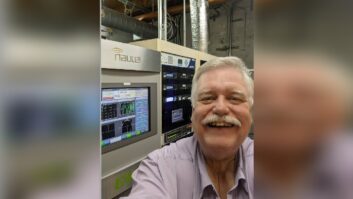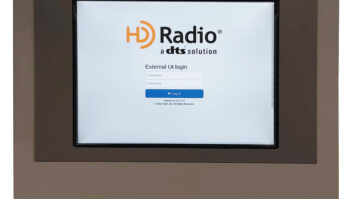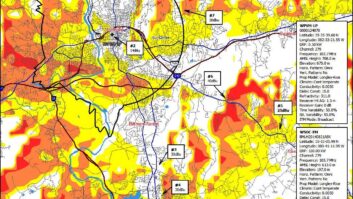
The decision by Mexico’s equivalent of the FCC endorsing voluntary use of AM and FM HD Radio technology for the entire country bodes well for transmitter and receiver manufacturers, who can benefit from economies of scale, and for stations that choose to convert, for the same reasons.
Mexico has the second-largest economy in Latin America after Brazil, based on gross domestic product, according to the International Monetary Fund.
In terms of listenership and possible receiver sales, Mexico is important. At more than 112 million people, Mexico is the 11th most populous country in the world, according to the CIA Handbook (which ranks Brazil fifth at more than 201 million and the U.S third at more than 310 million).
If the decision by the Federal Telecommunications Commission of Mexico makes it through the final hurdle, and if more Mexican stations do indeed decide to adopt HD Radio, receiver and transmitter manufacturers will be able to sell the same HD Radios there as they do in the United States. That saves them on design, manufacturing and packaging costs.
Most countries in Latin America use the AM and FM bands and modulation schemes found in the United States, though channel separations differ by country. This means Mexican stations can use the same HD Radio transmission equipment sold in the U.S. since, also like us, they would use the “hybrid” approach, transmitting both an analog and digital signal using the same spectrum.
The next step in the process is that the Federal Commission for Regulatory Improvement will now manage a public comment period. The dates for that have not yet been set. COFEMER is an administrative body within the Mexican Federal Ministry of Economy; its mission is to promote transparency in the development and implementation of regulations and to make sure they generate more benefits than costs, according to its website.
My sense is the Mexican government will proceed with HD Radio approval, although how long this will take is anybody’s guess since we’re talking about two government bodies being involved. The first HD Radio testing began in Mexico City in 2003. I’ve reported that, since 2008, COFETEL has allowed permanent AM and FM HD operation within about 200 miles of the U.S. border on an experimental basis.
About a dozen stations in Mexico are already equipped for digital transmission, both inside and outside the border zone, according to iBiquity, which tells me stations in markets like Tijuana, Juárez, Nuevo Laredo and Caborca have been on the air continuously since 2008. Mexico has approximately 700 AM and 500 FM stations. Several hundred of the AMs are in the process of migrating to the FM band.
Other countries in Latin America will watch how this plays out, especially Brazil, where AM and FM HD Radio tests began in 2005 and Digital Radio Mondiale tests began in 2007.
Brazil is the seventh-largest economy in the world in terms of GDP and the second-largest economy in the Americas behind the United States, according to the IMF.
And what of our other border country, Canada? It’s 36th in population at nearly 34 million people, according to the CIA. I wrote earlier that Canada’s broadcast regulators publicly acknowledged last year that DAB had failed to catch on. My sense is they’re going to do nothing for awhile, waiting until the economy recovers enough for stations to even think about going digital. I wrote about FM HD testing in Canada years ago, but that was before regulators chose to go with the Eureka-DAB system with its separate spectrum needs and multi-transmitter “pod” approach. Like Mexico, many Canadian AMs too are abandoning AM for the FM band.
A Latin America-U.S. common HD standard might get Canada more comfortable with a common North America standard — eventually.
In the meantime, if Mexican stations do adopt HD Radio in significant numbers, they would inherit a much more advanced system than their U.S. counterparts initially started with, including the ability to multicast channels, transmit data for iTunes Tagging and now, the ability to synch visual images with the audio.
HD Radios are now built into cars and available in several receiver form factors and at different price points. That compares to January 2003, when the first commercial (and non-experimental) station went “IBOC,” as we called it then. U.S. broadcasters transmitting a digital signal had to wait until January 2004 for the first HD Radio receiver to come to market, a Kenwood aftermarket tuner.
Lessons learned from the U.S. rollout would presumably be applied to any Mexico rollout.











